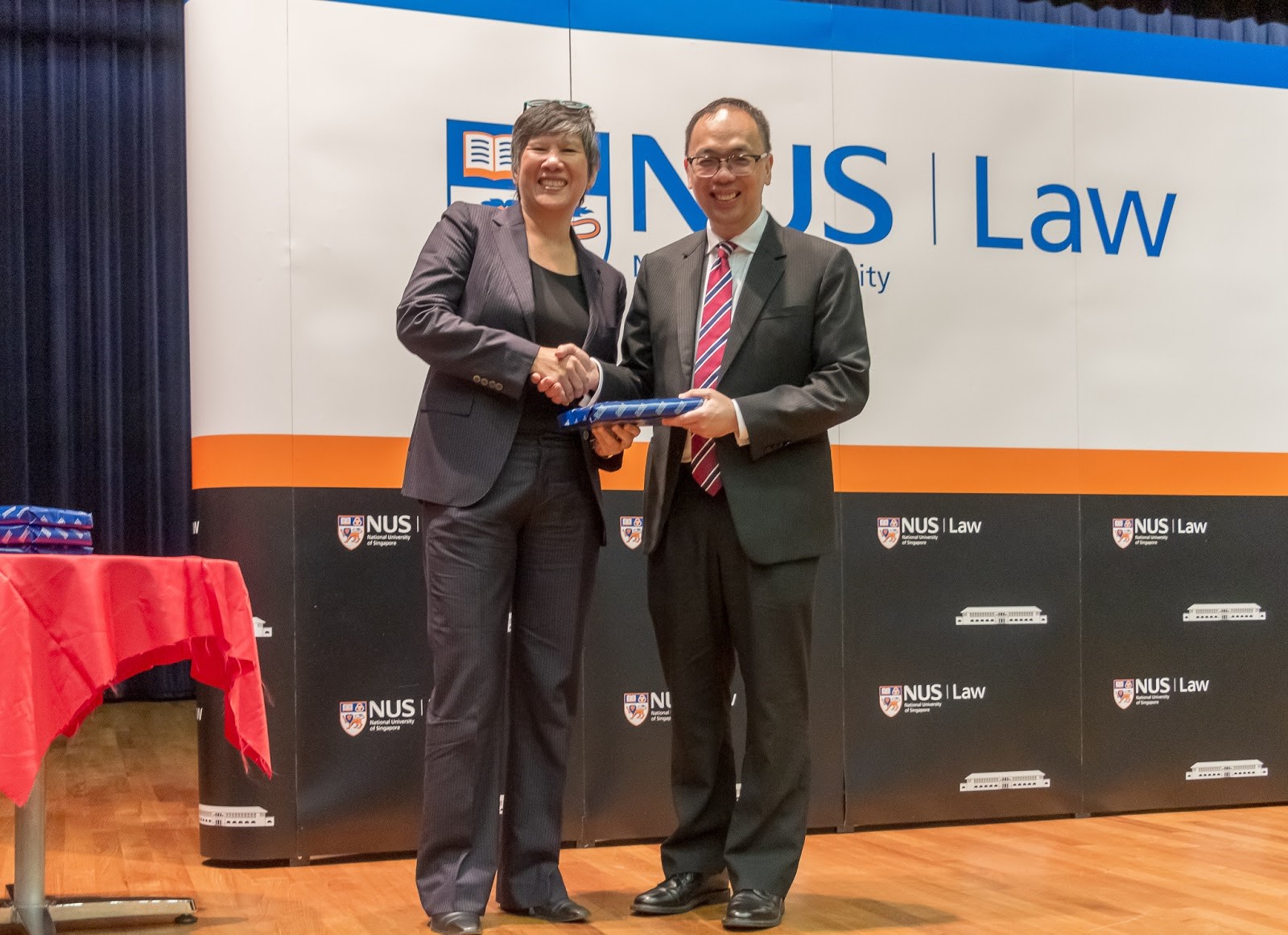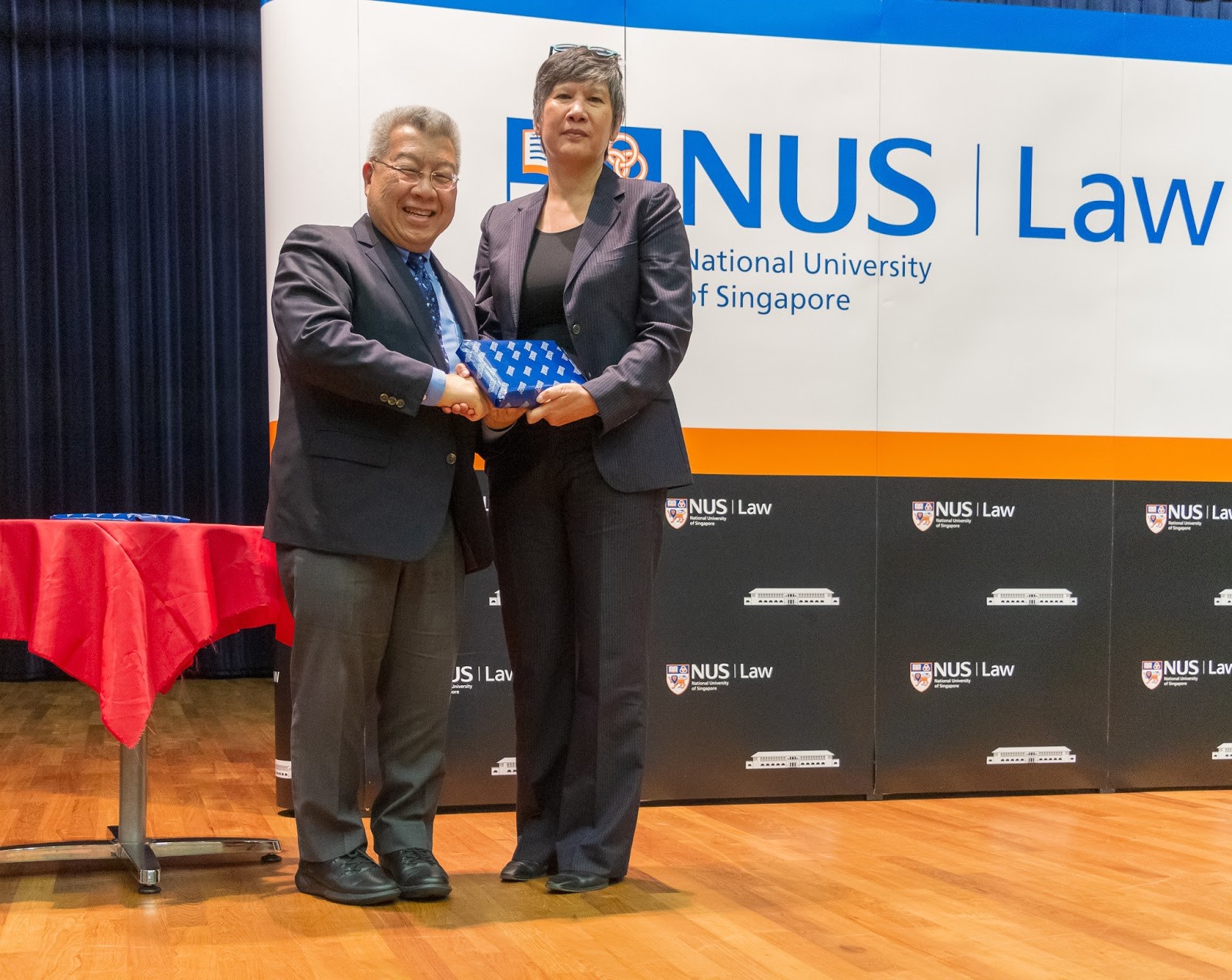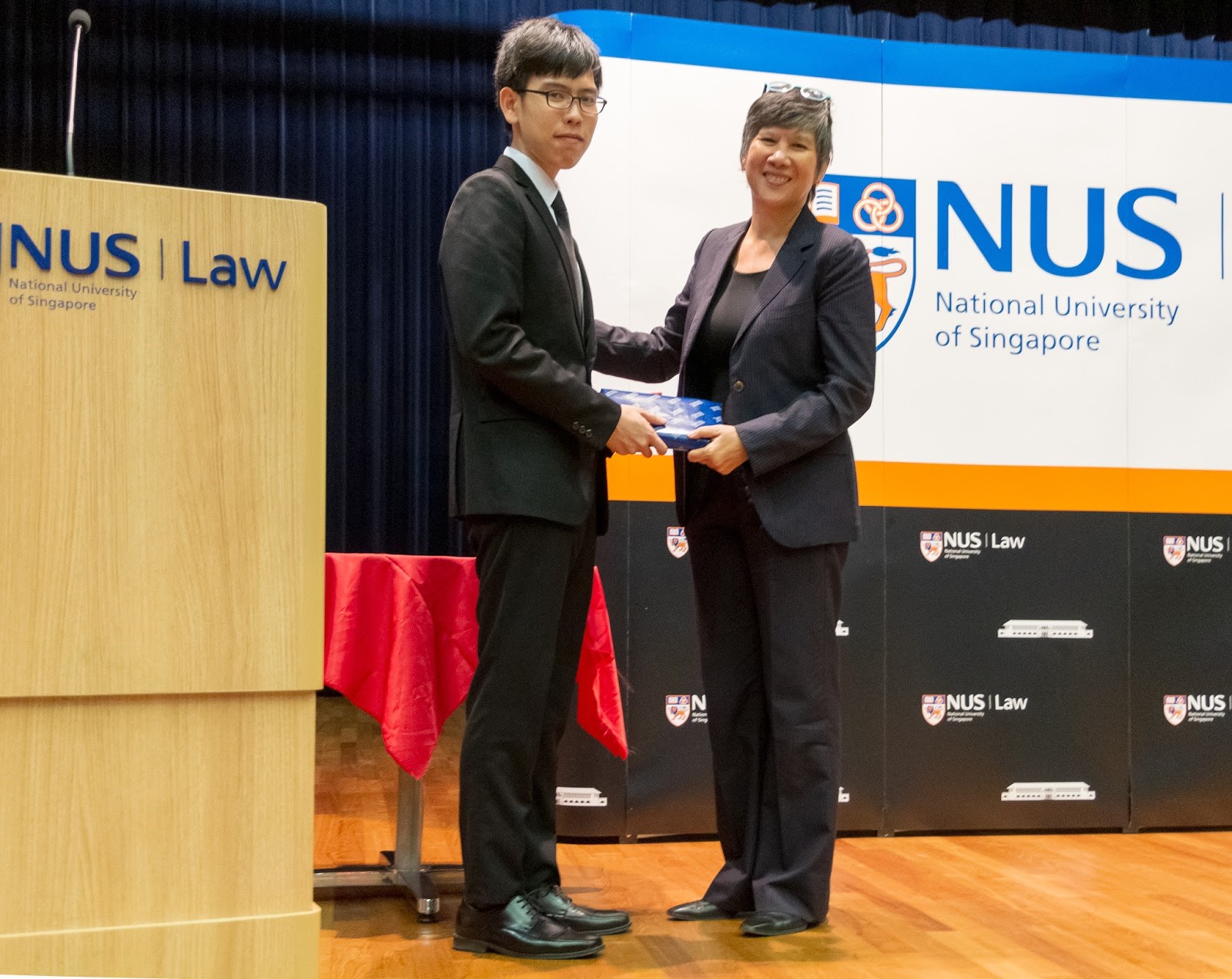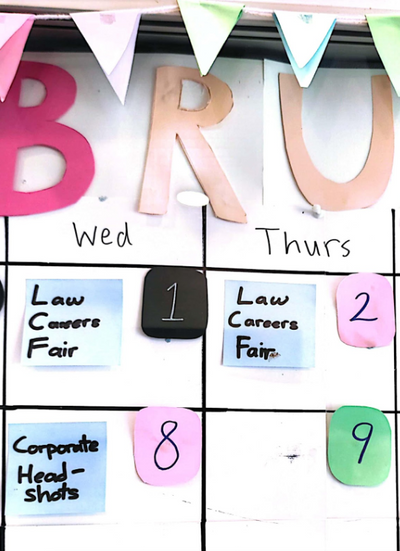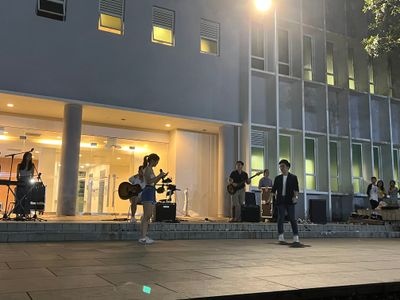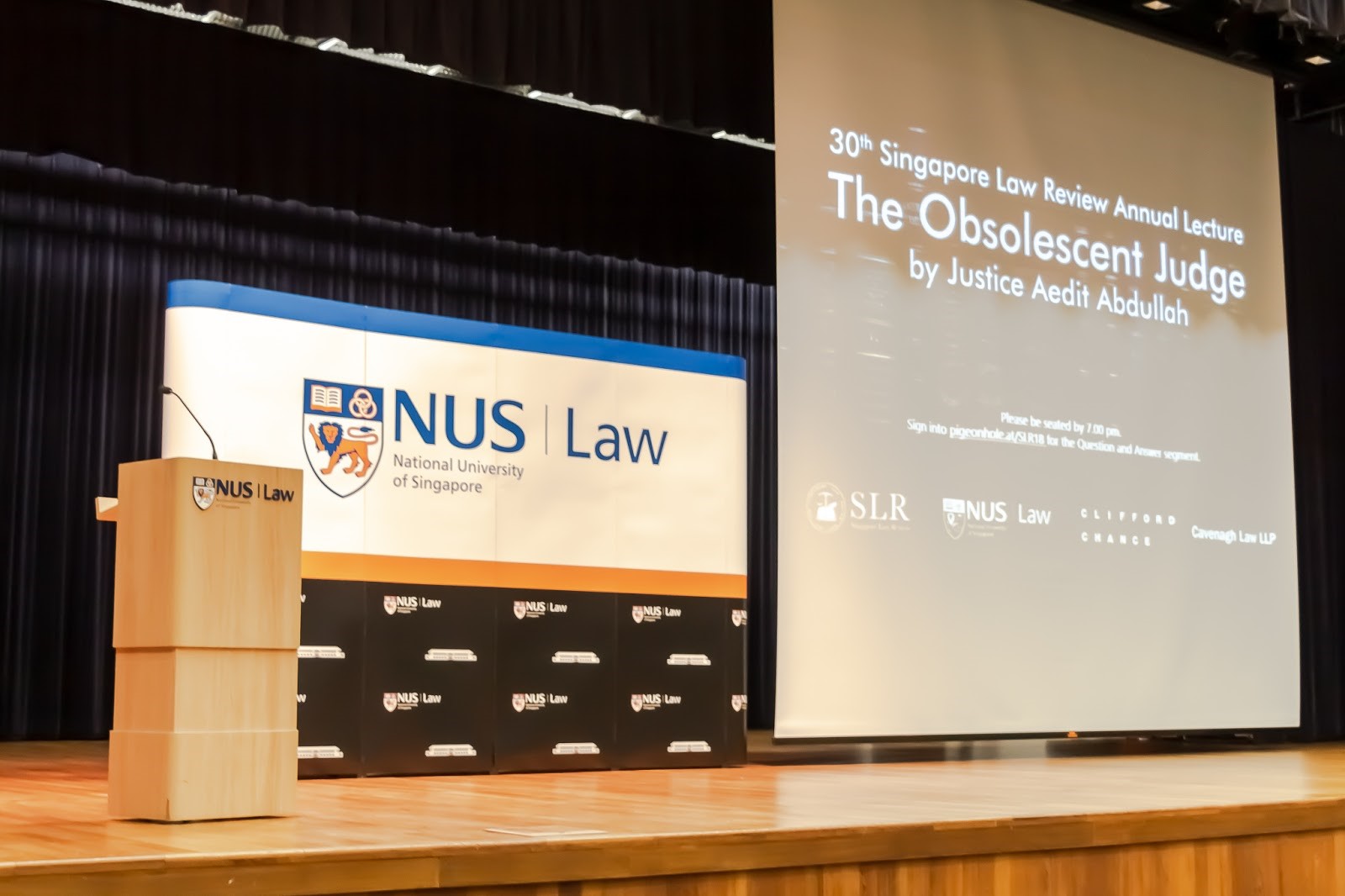
This Tuesday, the Singapore Law Review (SLR) hosted their Annual Lecture, one of the key events for NUS Law and many in the legal industry. This year, the 30th SLR Annual Lecture was delivered by Justice Aedit Abdullah (Class of 1994), who was appointed High Court Judge in 2017. Keeping in mind the objectives of the SLR Annual Lectures to create awareness of current legal issues and promote legal thought and discussion, Justice Abdullah did not disappoint with his choice of topic. From the get-go, the talk piqued interest with its thought-provoking (and somewhat ominous) title: The Obsolescent Judge.
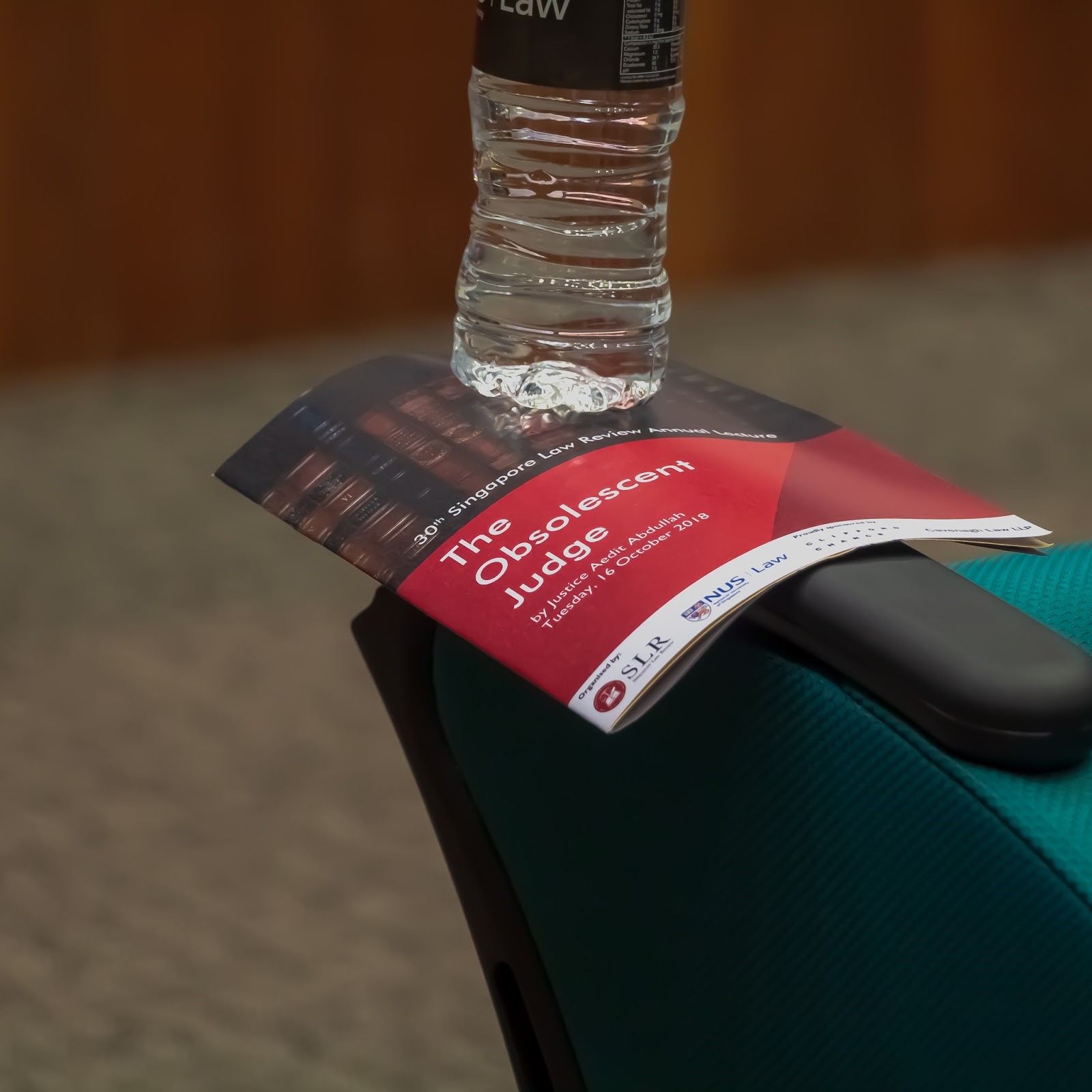
But first; what is obsolescence? For those who had to hurriedly google the word’s meaning: you are not alone. A quick search defines obsolescence as the ‘state of becoming obsolete’, which in turn means something out of date which is no longer produced or used . With such a dramatic title, it was little wonder that interest was high, as evinced by the well-populated auditorium. Among the attendees were Justice Chao Hick Tin, Justice Tan Lee Meng, Justice Chua Lee Ming, Justice Belinda Ang, Justice Valerie Thean, Justice Debbie Ong, Mr Harpreet Singh Nehal SC, Associate Professor Eleanor Wong of NUS, and Adjunct Professor Kevin Tan of NUS.
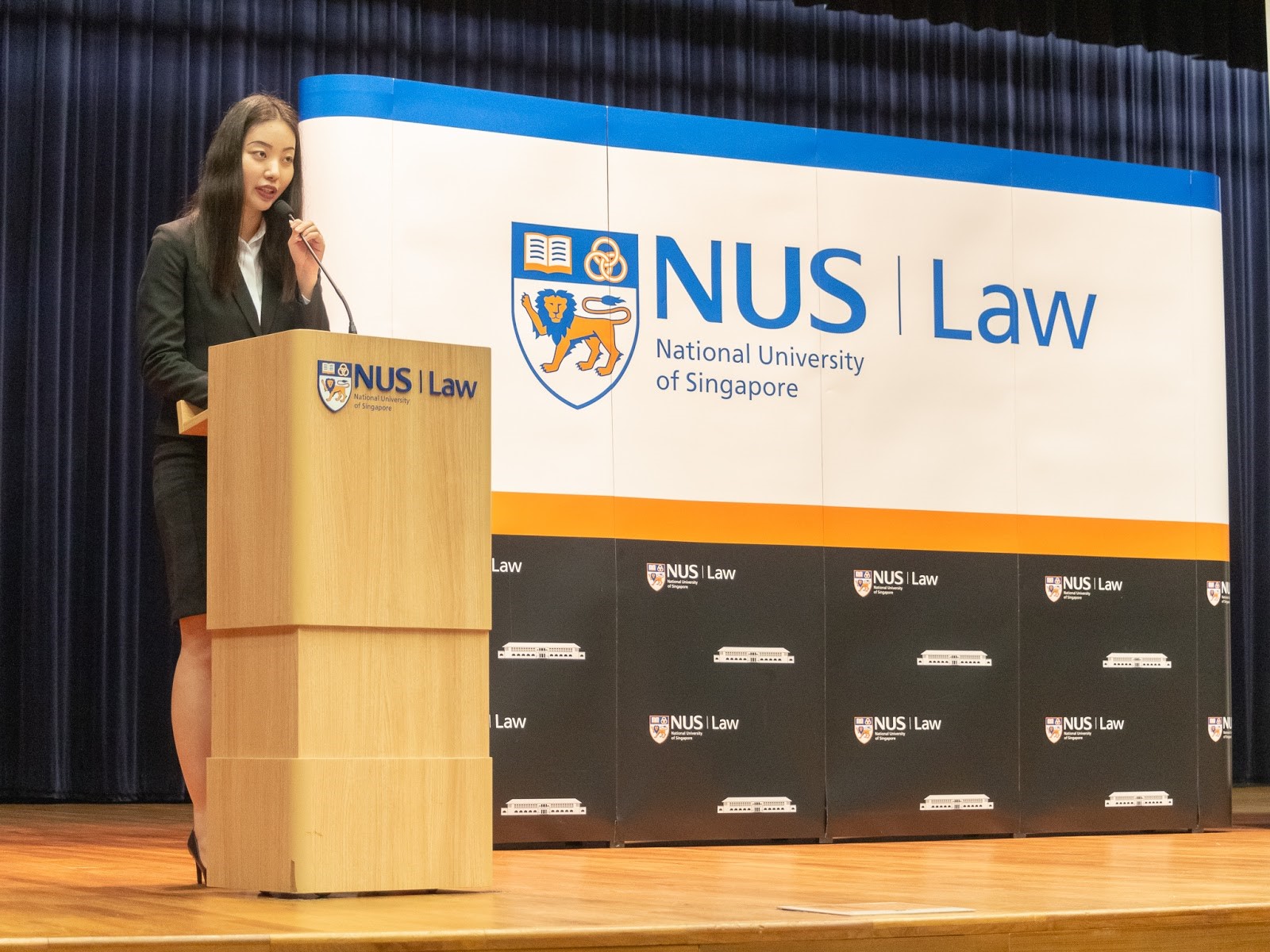
The event commenced with the opening addresses. Our emcee for the night, Choo Qian Ke (NUS, Y3), introduced Justice Abdullah, before handing over the time to the incumbent Chief Editor of SLR, Louis Lai (NUS, Y3).
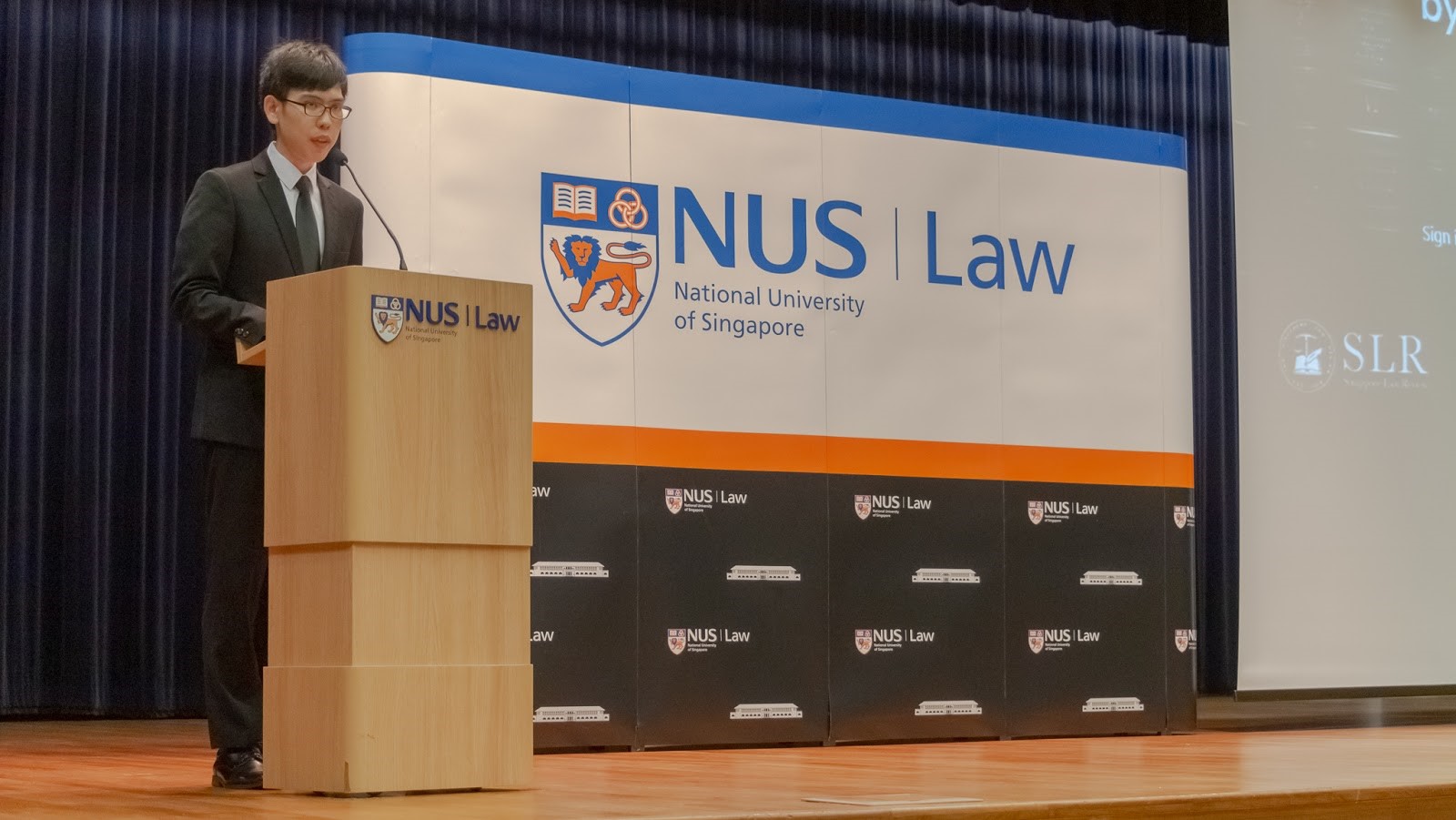
In his welcome address, Louis talked about SLR’s legacy as Asia’s longest-running student publication, as well as SLR initiatives, expressing gratitude to all who have supported and contributed to SLR.
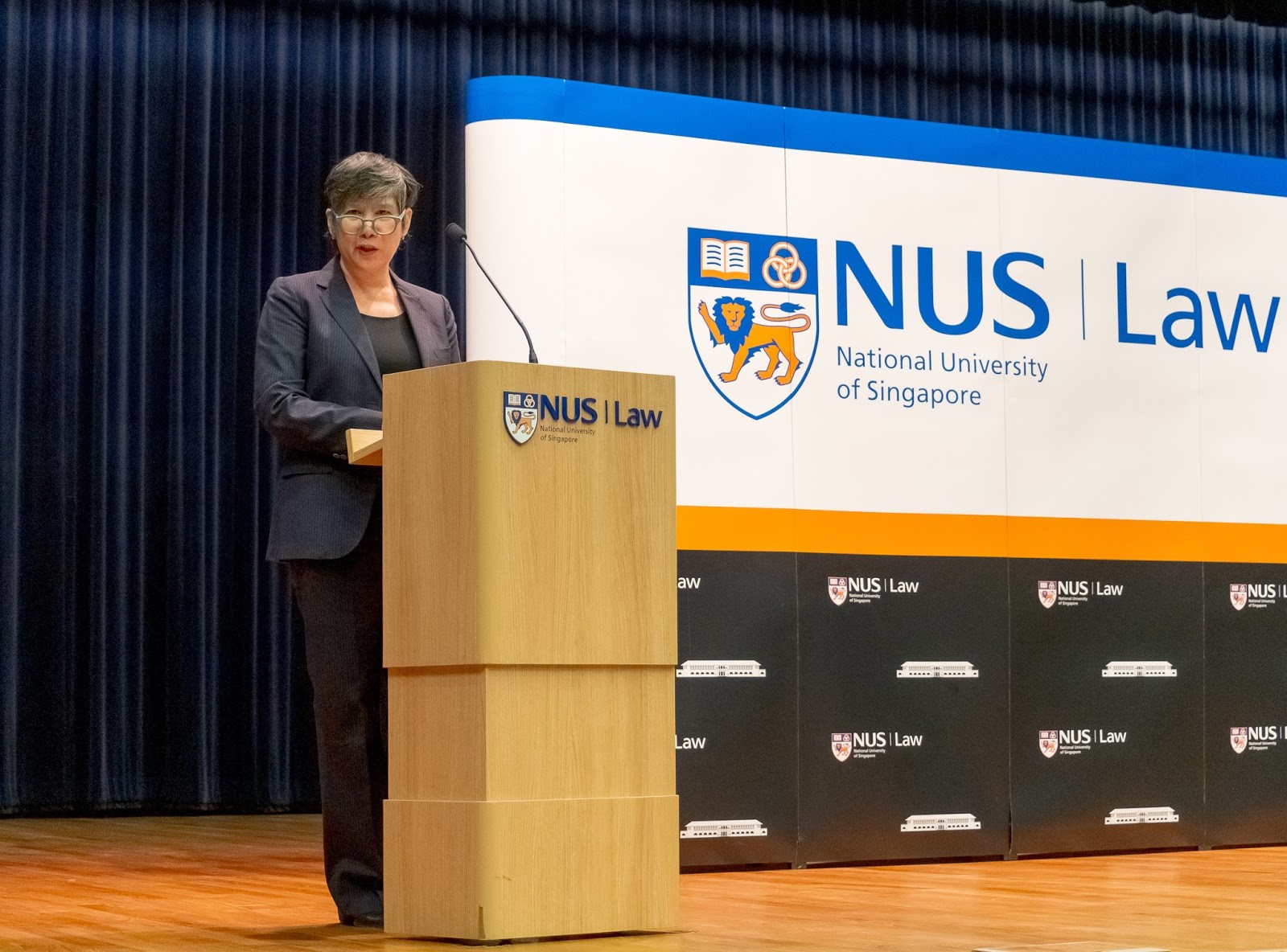
Our Vice-Dean, Associate Professor Eleanor Wong, delivered the opening address. In her opinion, the goal of NUS Law is to build institutions that stand the test of time with SLR being a prominent example. She cited three examples of how, through SLR, the school board has directly taken up the challenge to engage students in scholarship and research: the SLR’s empirical research paper programme, the call for papers in connection with Law x Tech Asia, and the Annual Lecture. Jokes were cracked about the stereotypical mathematical incompetency of law students, given that the Annual Lecture was first launched in 1984 but was seeing its 30th anniversary in 2018.
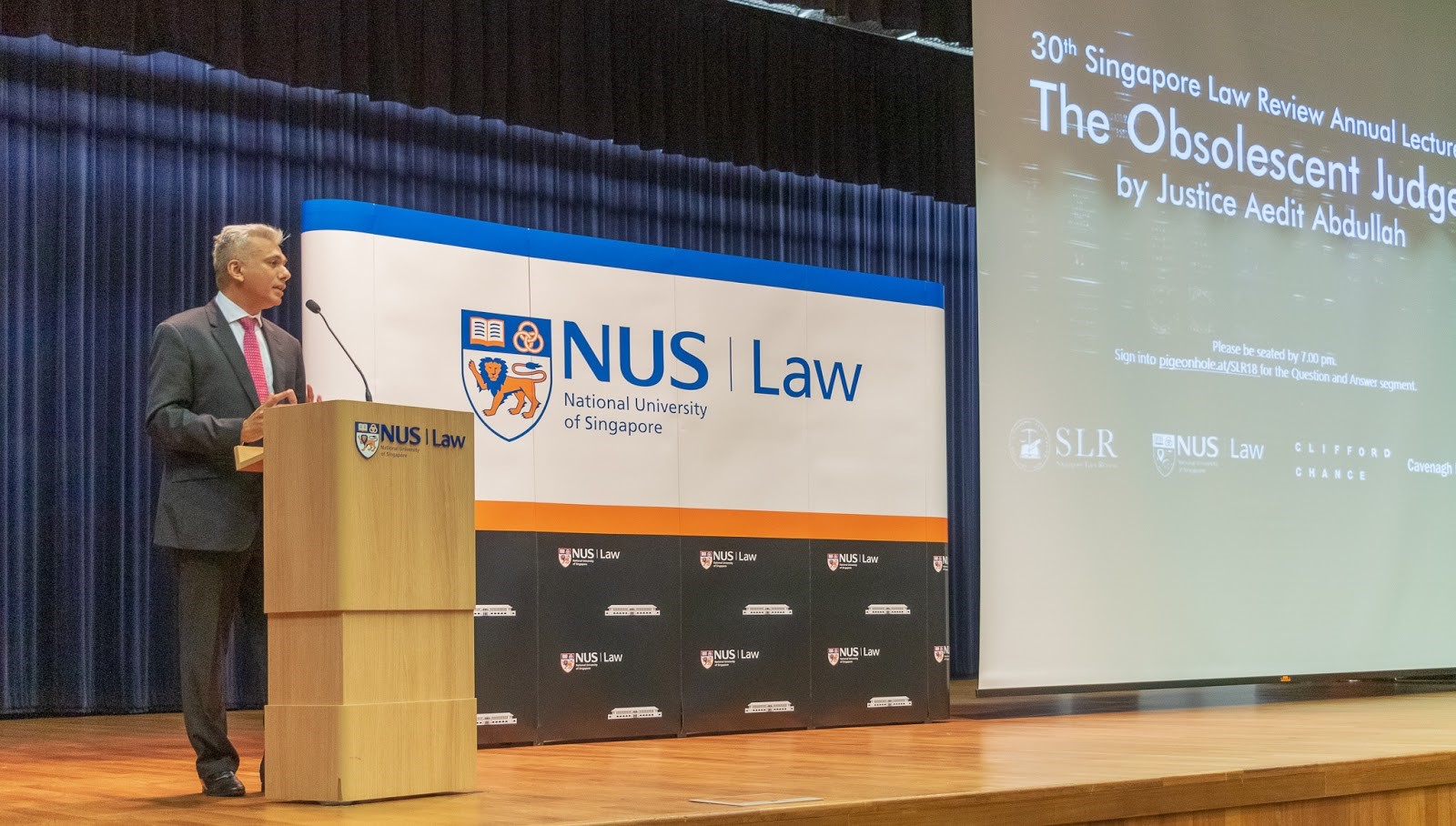
Representing the sponsors, Mr Harpreet Singh Nehal, SC, Managing Partner of Cavenagh Law LLP, then shared a few insightful comments. He began by lauding the Faculty for planting the spirit of excellent and robust thinking in its students, then observed that by thinking about obsolescence in a local context, such as the recent debates surrounding Section 377A of the Penal Code, we would find that the real danger to the legal field would lie in a collective silence or reluctance to take up unpopular cases. However, he opined that the little risk of obsolescence would be mitigated if we support a strong and independent bar. In the end, the balance between the individual and the state cannot be fully encapsulated by an algorithm. After all, “better the imperfect judge, than the good machine.” He ended on a positive note, expressing a hope that we continue to push the frontiers of what is possible in Singapore society.
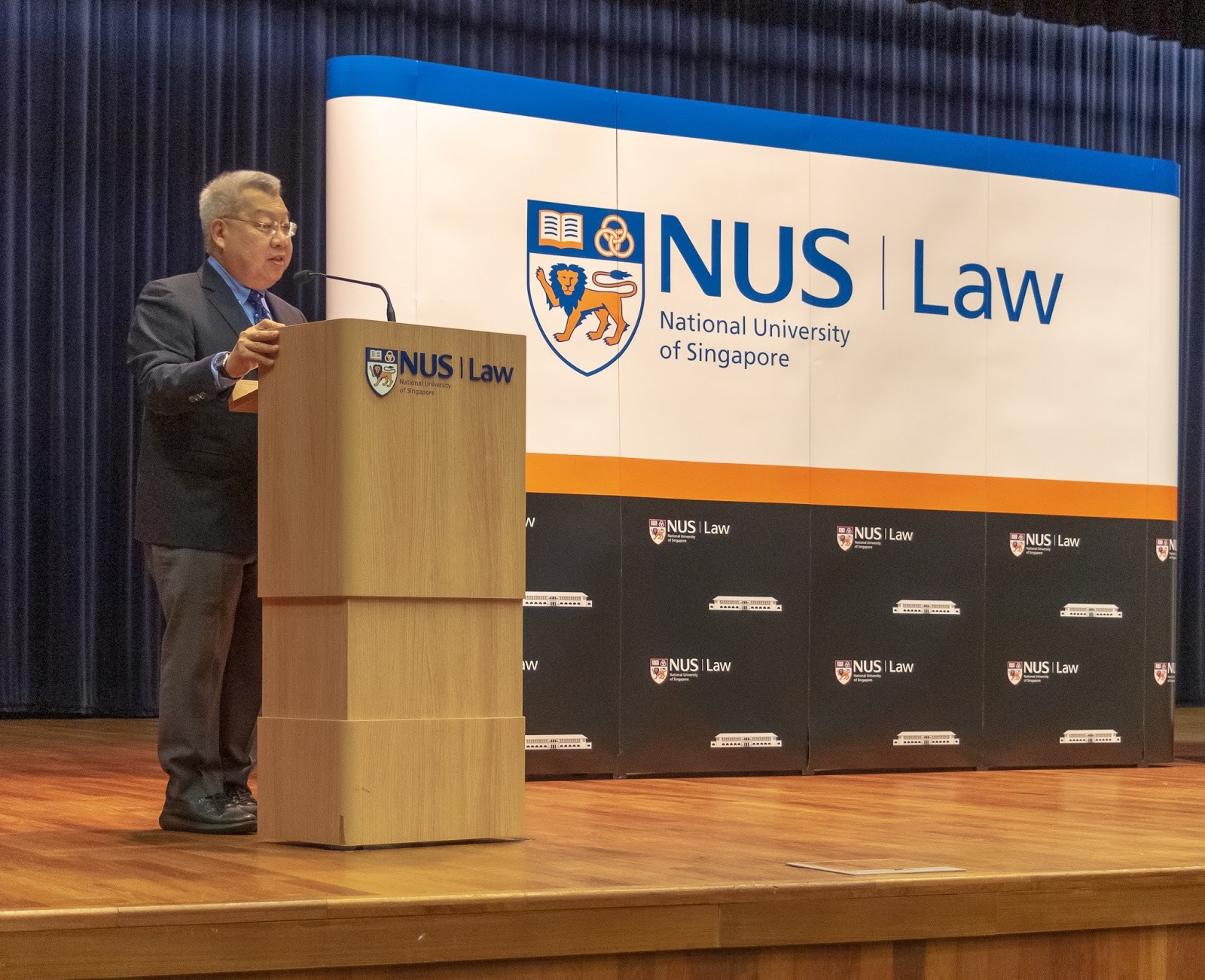
Last but not least, Adjunct Professor Kevin Tan reminisced about the organising of the first SLR Annual Lecture. He joked on how his sentence for the “crime” of organizing this lecture was to be the Academic Advisor to the Singapore Law Review for the next thirty years. He also recounted how Justice Abdullah was “full of surprises”, especially in terms of his class contributions. He also shared how Justice Abdullah was a pleasant colleague to work with, and how Justice Abdullah even contributed a chapter to one of his publications.*
* The Justified team later found that the book in question is The Singapore Legal System, edited by Prof Kevin Tan. Justice Abdullah collaborated with NUS Law Associate Professor Michael Ewing-Chow on a chapter titled The Structure of the Legal Profession.

The Speaker: Justice Aedit Abdullah
Justice Abdullah was appointed Judicial Commissioner in 2014 and High Court Judge in 2017. He is an NUS Law alumnus from the Class of 1994. The learned Justice has held various posts, including Deputy Public Prosecutor, Deputy Senior State Counsel, and District Judge of the then-Subordinate Courts. He has also served as Chief Prosecutor (Economic Crimes and Governance Division), and subsequently Chief Prosecutor (Criminal Justice Division) at the Attorney-General’s Chambers. Justice Abdullah was appointed Senior Counsel in 2002.
The Talk
Justice Abdullah began by recounting how, as a law student, he was rejected from the Singapore Law Review, drawing laughs from the audience. Hence, he quipped that, after delivering this lecture, he would submit a re-application for SLR. He then moved on to his chosen topic, noting the interest the title generated as a conversation-starter. He explained that the choice of title was deliberate. Putting a question mark behind the title to qualify the statement, he felt, would be a cop-out of sorts. However, he cautioned that his words this evening were meant as a forecast and hence should be treated with caution. As he dryly noted, in the early 1900s, people predicted that the invention of the airplane would not affect warfare.
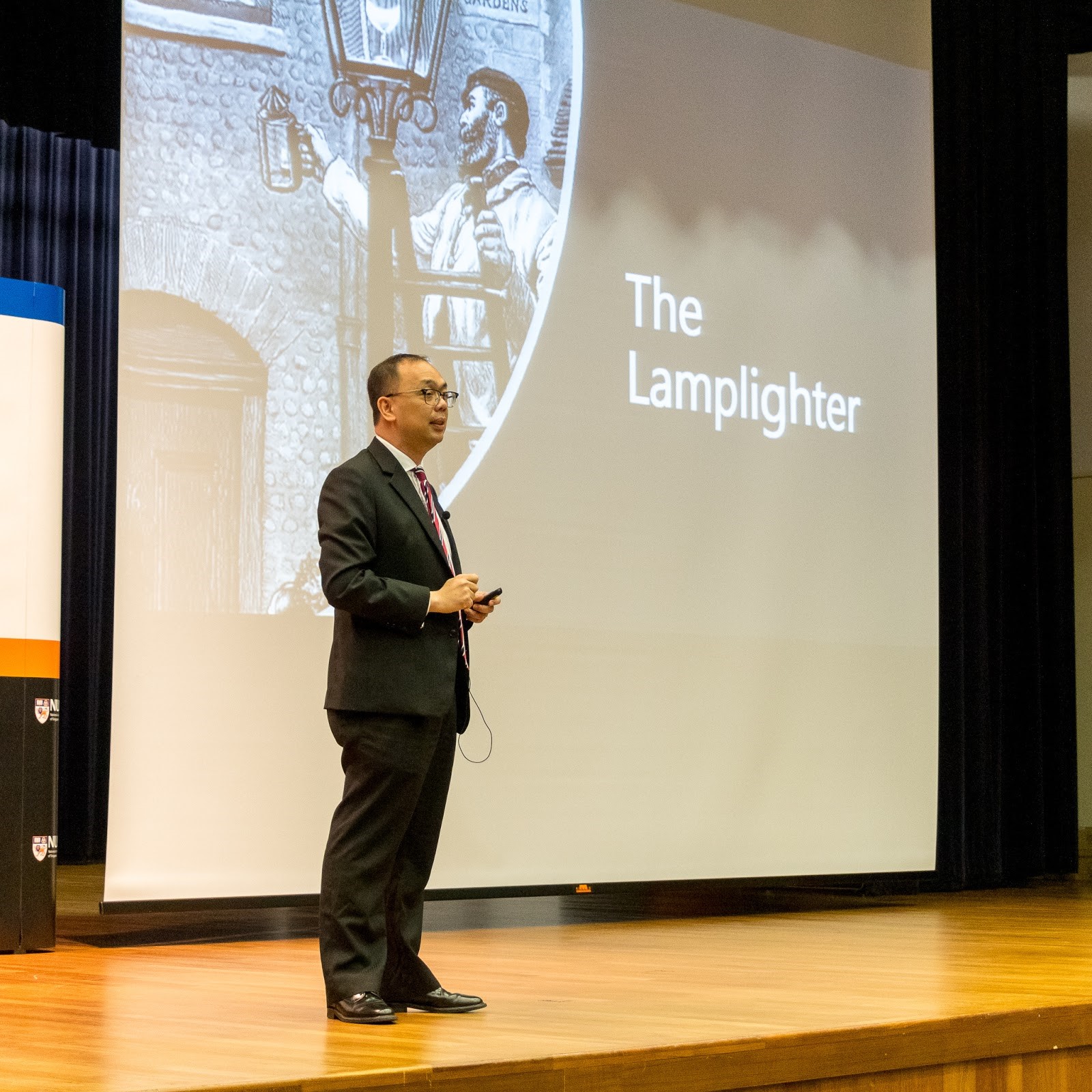
While it was evident from history that some jobs will inevitably become outmoded with new technology, the question was whether the role of judges would change. As he noted, we tend to visualise judges as indomitable, stern, unchanging and distant, which makes it harder for us to imagine a future without them. However, would the current status quo remain in the light of societal changes including (but not limited to) technology?
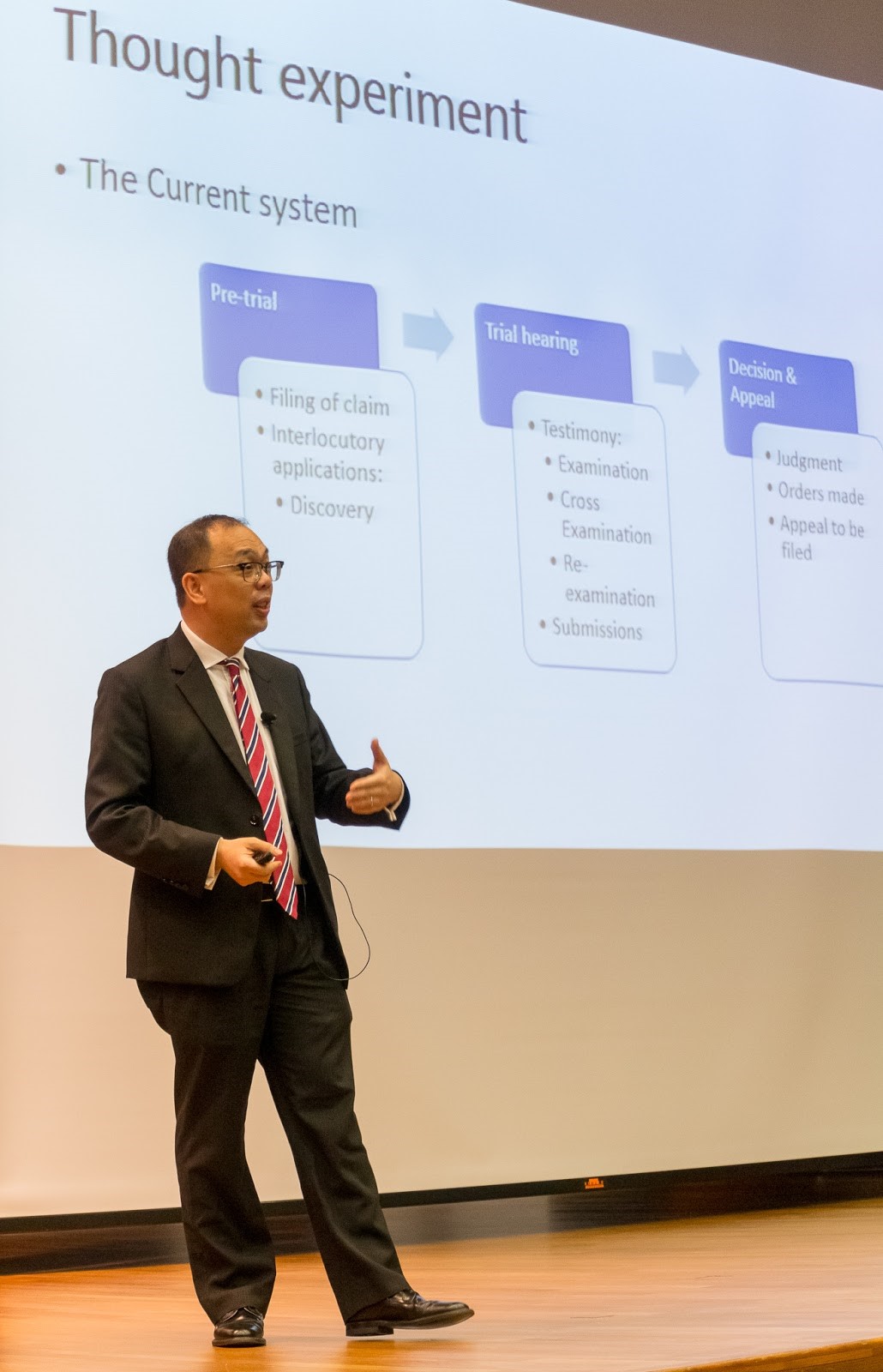
In a thought experiment, Justice Abdullah challenged the audience to conceptualize a new judicial system designed from scratch. For instance, he mused, could a system be created where judging was done by ‘likes’ on a platform akin to social media? On a more serious note, he observed that perhaps the status quo should be changed, citing the problems of scheduling in the current judicial system. As he pointed out, with online dispute resolution, lawyers and judges do not need to be physically present and in close proximity to each other throughout the proceedings. This would alleviate the problems faced with trying to find suitable sessions for hearings and similar meetings. Hence, one of the changes he envisioned was a shift to asynchronous hearings with no physical courtrooms.

Would this be possible? Change in the judiciary and legal system is not unheard of; the 19th century, for instance, saw a massive number of changes in the legal system. Before, it was important that a claim be framed in a certain formula for one’s case to be heard. Such rules were later relaxed in the 19th century. However, Justice Abdullah observed that remaking a system entirely is impossible. The system we have now, after all, is the product of our history, which we are inevitably constrained by. As he emphasized, the Singapore context of being founded by English colonists and maintaining English common law already pre-determines our current system
Yet, we are at a new millenium.
In line with his earlier comment that technology would not be the only driver of change in the judicial system, Justice Abdullah argued that technology cannot change on its own without societal changes. He recalled how, when he graduated in 1994, pagers were the norm and the world wide web was still in its inception. In contrast, smartphones and the internet are ubiquitous now. Whether a technology such as flying cars takes off hinges on whether society accepts and utilises it.
What, then, drives societal acceptance? Justice Abdullah suggested four important considerations that affect the adoption of technological solutions:
- Cost;
- Efficiency;
- In the legal context, access to justice; and
- Autonomy.
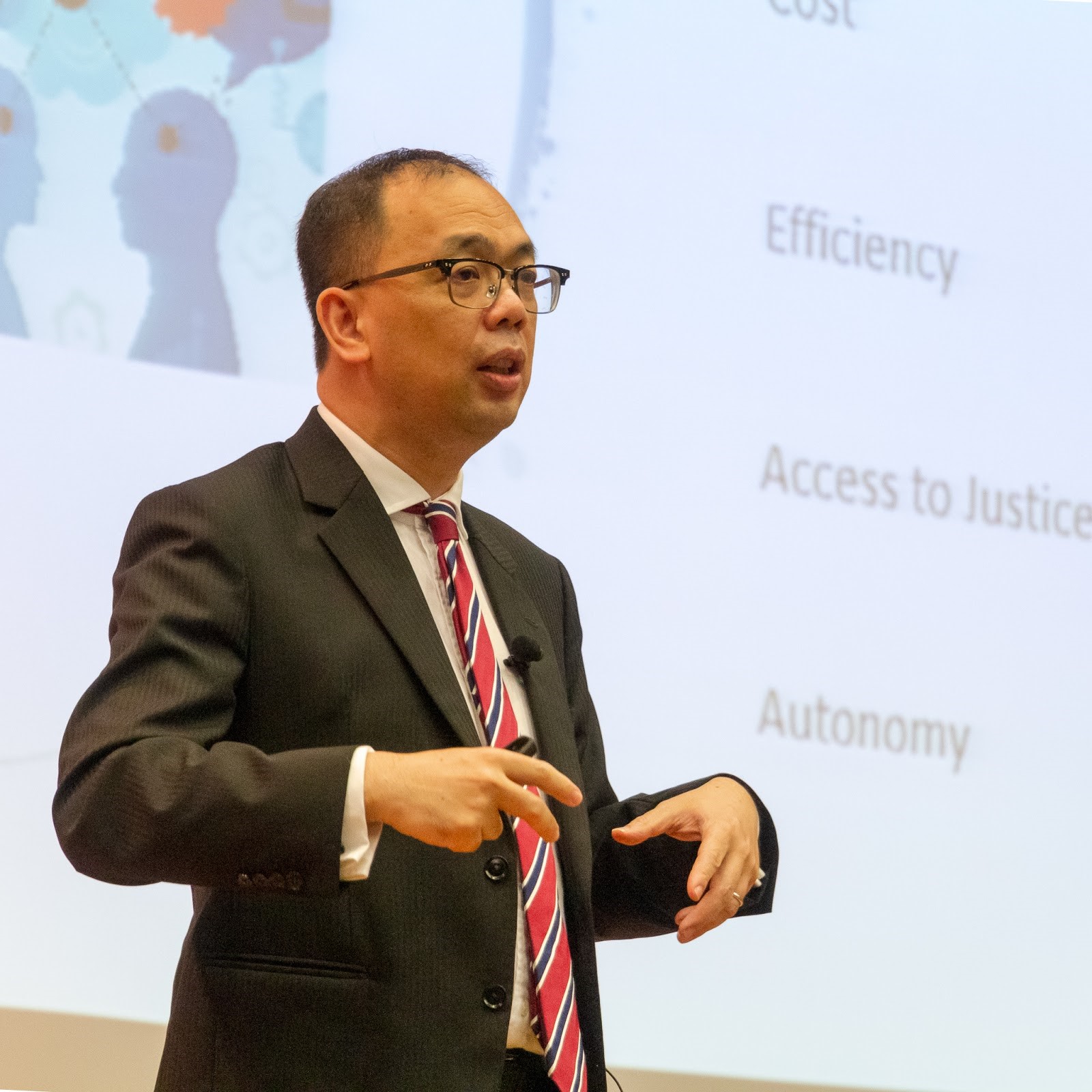
In elaborating on this, he argued that technologies that reduce costs and improve efficiency, for instance through reducing time spent on something, are more likely to take off. Given the backdrop of legal technology for this talk, access to justice and autonomy are important. On autonomy, Justice Abdullah observed how people tend to want to make decisions for themselves and take ownership of their lives. As an example, of these principles, he used the example what he would do if unwell — He would go to WebMD and not a general practitioner’s clinic due to cost considerations and proactivity, especially if it was a simple ailment he could self-diagnose. However, if it was more complex, he would still go to WebMD and then a medical practitioner, to check the information against the doctor’s advice. This, he argued, was how people act to take responsibility for themselves.
These affect the law. Justice Abdullah observed a trend of more proactive laypersons opting to take legal matters into their own hands. While this is partially a result of cost considerations, other considerations should not be overlooked. Granted, the public sometimes may not be able to navigate the system well, but sometimes they do, and the system has to consider this. Hence, Justice Abdullah felt that these pressures would push a certain doctrine of technology which in turn would cause significant change in the way the legal profession works.
On technology, Justice Abdullah listed examples of how artificial intelligence and blockchains were emerging, although he half-jokingly included the caveat that the pace of change was so rapid that whatever he said would probably be obsolete itself the next day. He brought up many examples, such as that of contract drafting and document management. In the People’s Republic of China, for instance, prediction systems are used to assist litigants and an automated system is used to assist judges in doing research. Beyond that, automated transcription and recording services were being introduced. This tremendous amount of change, moreover, was openly welcomed by the Courts. The People’s Republic of China is not alone; the United States of America too has systems to aid in predicting cases, bail applications, sentencing and asset payments. The possibilities are immense; online dispute resolution, data mining working in conjunction with Artificial Intelligence (AI) and machine learning and smart contracts are but some of how the legal profession may change.
Justice Abdullah then moved to the heart of the matter: much has been said about these in relation to lawyers, but how about judges? What are the implications for the judiciary?
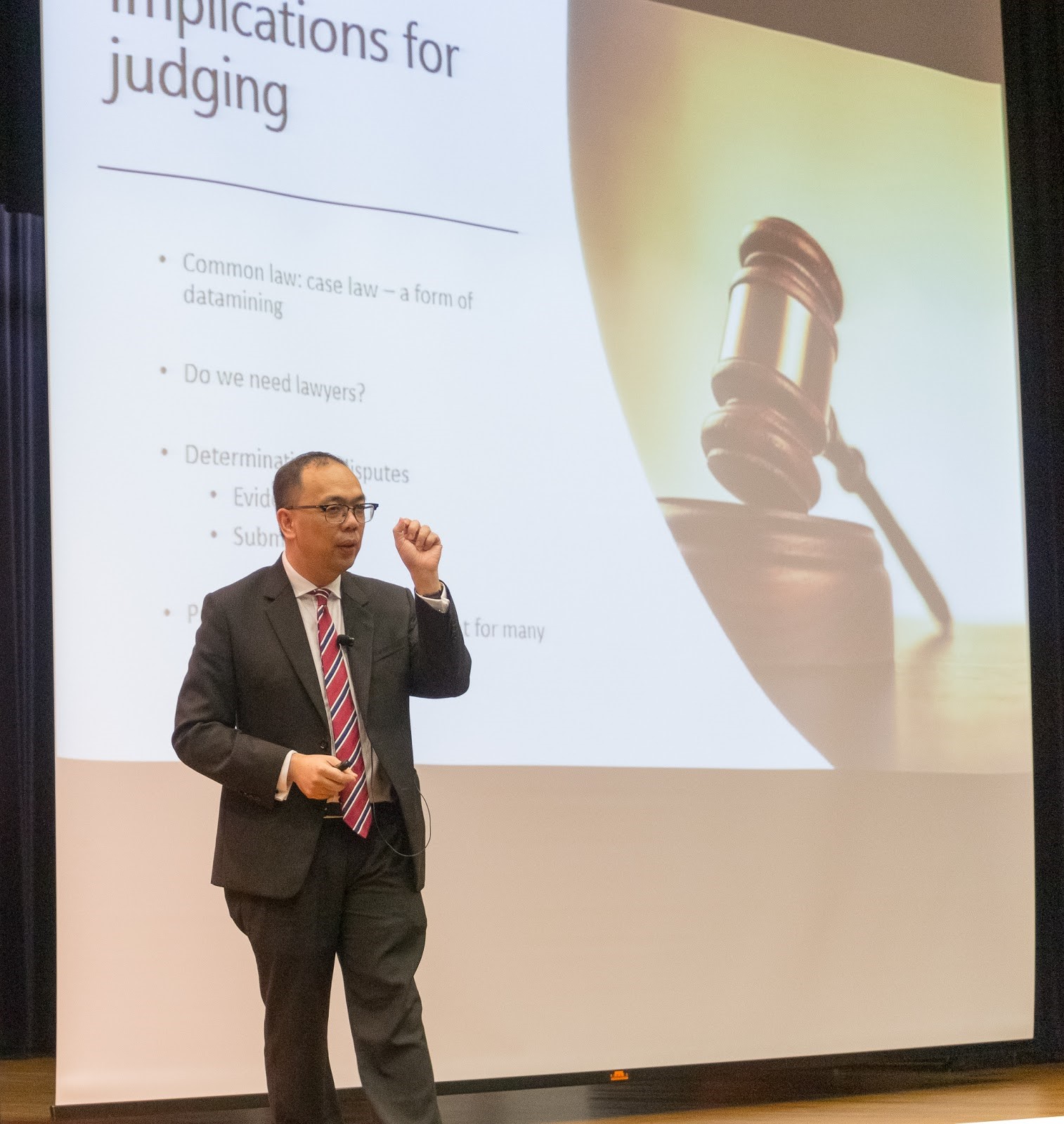
First, will we (and should we) do away with the Court? Justice Abdullah suggested than an AI system working with data mining would perhaps be able to throw up the inconsistencies in testimony coupled with which facts support the claim and the defence. This could perhaps replace the examination-in-chief, cross-examination and re-examinations in Court procedures. This, coupled together with predictive systems, would likely lead us to a point where the judge’s role is secondary (at least at first instance). A predictive system would arguably also reduce the burden on the court, since parties who are cognisant of a possible unfavourable outcome would be less likely to bring a claim to Court. Granted, there will still be cases where parties wish to bring a claim not merely to win, but to make a point of principle or inconvenience the other side. However, for commercial cases such as those for damages, a predictive system would reduce litigation. In such a context, the role of the judge would be to review the AI system. Justice Abdullah believes this would be a reality, in approximately “a couple of decades.”
Be as that may, predictive systems do have their flaws and are unable to make accurate predictions in relation to certain exercises of discretion. An example of this would be in forum non conveniens cases, where the factors are often complicated and it falls to the Court to decide where the balance lies. This may also be the situation in issues of sentencing, or controversial cases where no two judges would come to the same conclusion. When nuance is needed, such as in family law cases or assessment of damages, judges are required to weigh the merits of the claim. In these situations, judges are less likely to be displaced, because of the balancing exercise involved.
Hence, Justice Abdullah identifies administrative and routine aspects of a judge’s role as one of the first to be redefined by AI. For instance, he raised the example of “mis-ticking” judging, where a judge’s role is merely too look at an affidavit, ensure its correctness, and then grant it on an ex parte basis. In this, a specific example he mentioned was an application for rectification in relation to charges. It might be feasible, therefore, for AI to take over such roles. Case management, too, would have room for AI systems. Additionally, if decision-making can be boosted by AI, it would be likely to be introduced.
Still, Justice Abdullah reiterated the fact that AI would be less likely to disrupt some areas of law, namely family law, laws relating to serious crimes, and “closed door” cases involving the development of the law, rules and approaches to judging. Although he recognized the conception that some judges apply a formula to determine outcome of certain cases, such as a formula to predict the division of matrimonial property, he ultimately found that a personal touch is important in family cases to help parties manage the emotional damage. This would be pertinent, for instance, in custody issues. As to serious offences, people would generally be reluctant to be sentenced to loss of life or liberty by a machine. On the final area of legal development, although Justice Abdullah thought it was not impossible for AI heuristics to develop law in the future, this would not be soon.
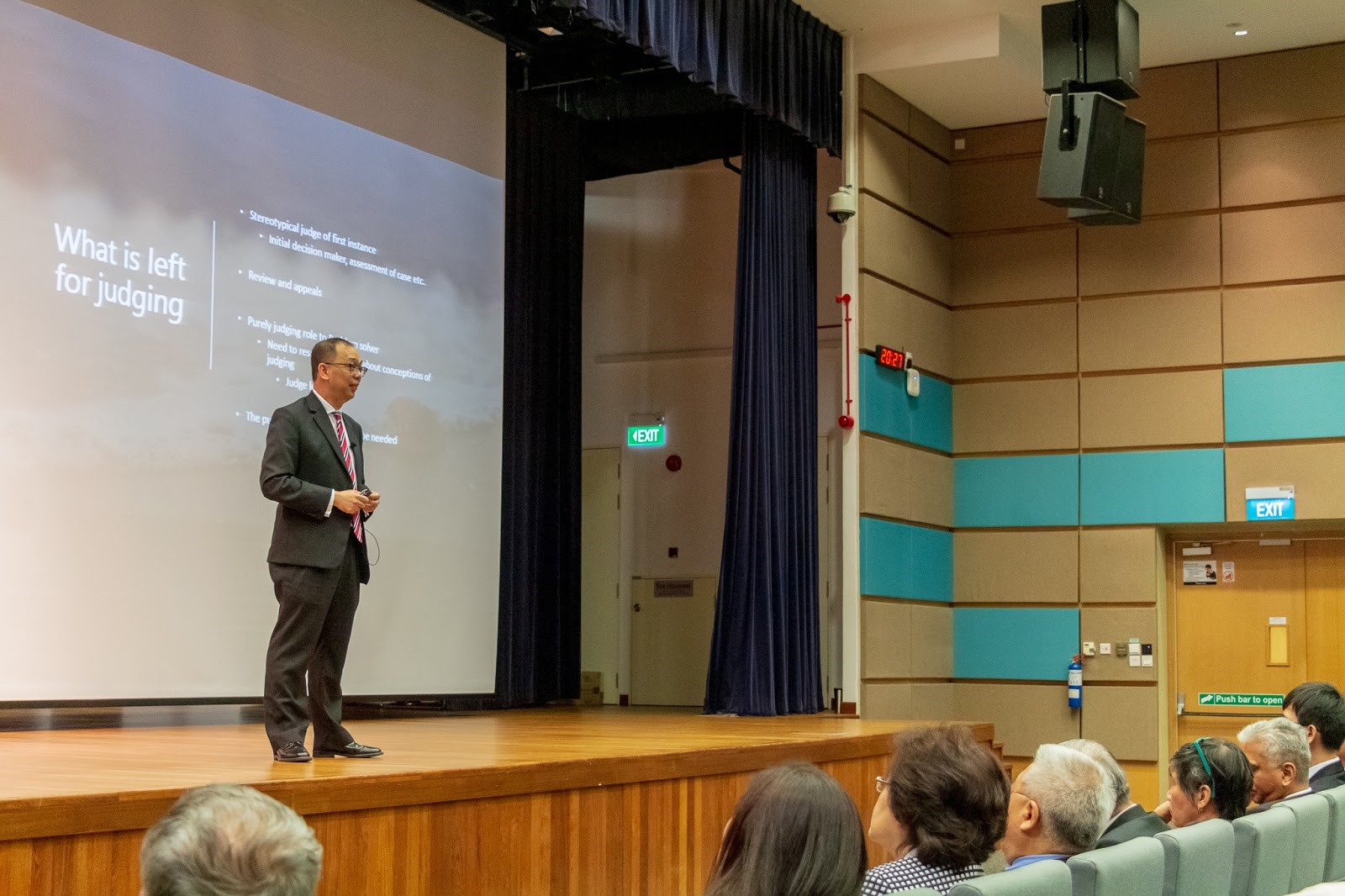
What, then, is left for judging? Justice Abdullah argued that areas where Judges do more and are forced to go beyond purely theoretical legal issues to assist parties in finding lasting solutions will be preserved. In such situations, like the areas of Alternative Dispute Resolution and mediation, the judge has a role as a counsellor and problem solver. The trial judge, therefore, will be the one at risk.
Going further, Justice Abdullah questioned whether the lawyer-judge could remain relevant. If smart systems can help litigants predict outcomes, they may go further and may be able to call up the relevant law and warn judges of deviations from the law. In such a context, would not other experts be suited to take up the role of adjudication? For instance, why not have a counsellor for family cases, or an engineer for an engineering dispute? Judges could remain relevant, the lawyer judge may be outmoded eventually.
Ultimately, Justice Abdullah emphasized that the point of his lecture was not prediction, but an emphasis on the coming disruption. Judges and the legal system are not immune to change, particularly change sparked by social drivers such as cost and efficiency. Although this potential disruption may not materialise, he suspects that we law students will see disruptions of this nature, or something close to it. On a sobering note, he observed that “[we students] would live in interesting times”, although “they may not be fun times.” As (future) members of the legal profession, it is important to remember that the law owes neither lawyers nor judges a living, but only owes the individual the best shot at justice. In the end, the legal system must continue to serve the needs of the system: the litigants.
Conclusion
After the lecture, there was an engaging and insightful Q&A with Justice Abdullah. Tokens of appreciation were then presented to the speakers, followed by a reception for guests to mingle. For the Justified team, this lecture was engaging and pertinent, especially in respect of our ever-uncertain futures as lawyers. Many thanks to SLR for organising this event and inviting us to cover it!
